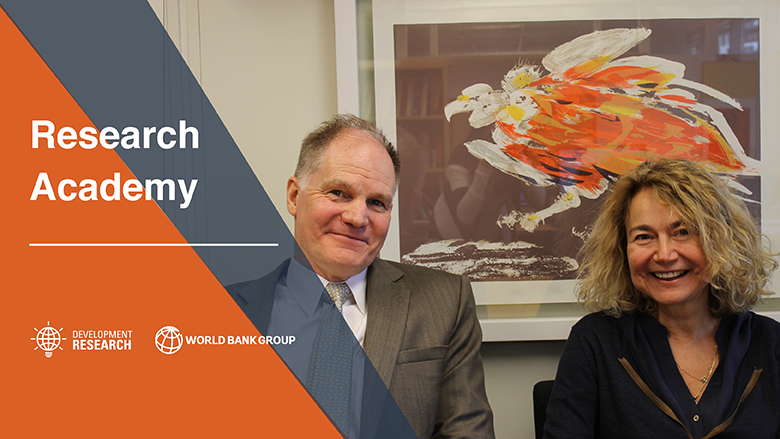Boosting the Competitiveness of Brazilian SMEs
Productivity—the capacity of firms to turn labor, raw material, and other inputs into goods and services—lies at the heart of competitiveness. Efforts to boost productivity often focus on reforming regulations or investing in skills and education. But what if the key lies with firms themselves, and specifically how firms organize to most efficiently utilize the knowledge of their employees?
To test this hypothesis, Marcio Cruz (Economist, Development Prospects Group) , Leonardo Iacovone (Senior Economist, Trade and Competitiveness Global Practice), and Maurizio Bussolo (Lead Economist, ECA), examined the effectiveness of Peiex, a program sponsored by the Brazilian Export Promotion Agency to enhance the competitiveness of small and medium enterprises (SMEs) by providing coaching on management practices. Some 5,000 Brazilian firms received support from Peiex between 2007 and 2010.
To assess the impact of Peiex on firm organization, the researchers analyzed whether the program prompts treated firms to reorganize knowledge by adding layers of more specialized skills and competencies to their workforces. This new hierarchical structure allows firms to expand and to overcome increasingly complex production challenges while keeping in check production costs.
The researchers found that Peiex had a substantial effect on firm organization. Participating firms were about 20 percent more likely to add a new knowledge-based layer to their structure. The effect was even stronger for firms that started off with the simplest organizational structure.
The study also confirmed another finding of the literature: when firms re-organize, within-firm wage inequality increases as firms pay higher wages for those workers in the new, higher layers than in the previously existing ones. Moreover, they show that, controlling for numbers of employees, firms with a higher number layers of knowledge tend to be more successful in expanding their export activity.
According to the authors, their findings contribute to a small but growing body of evidence that places better firm organization at the center of efforts to boost competitiveness.
Read the winning paper:
Marcio Cruz, Maurizio Bussolo, and Leonardo Iacovone. 2016. "Organizing Knowledge to Compete: Impacts of Capacity-Building Programs on Firm Organization." Policy Research Working Paper 7640, World Bank, Washington, DC.


